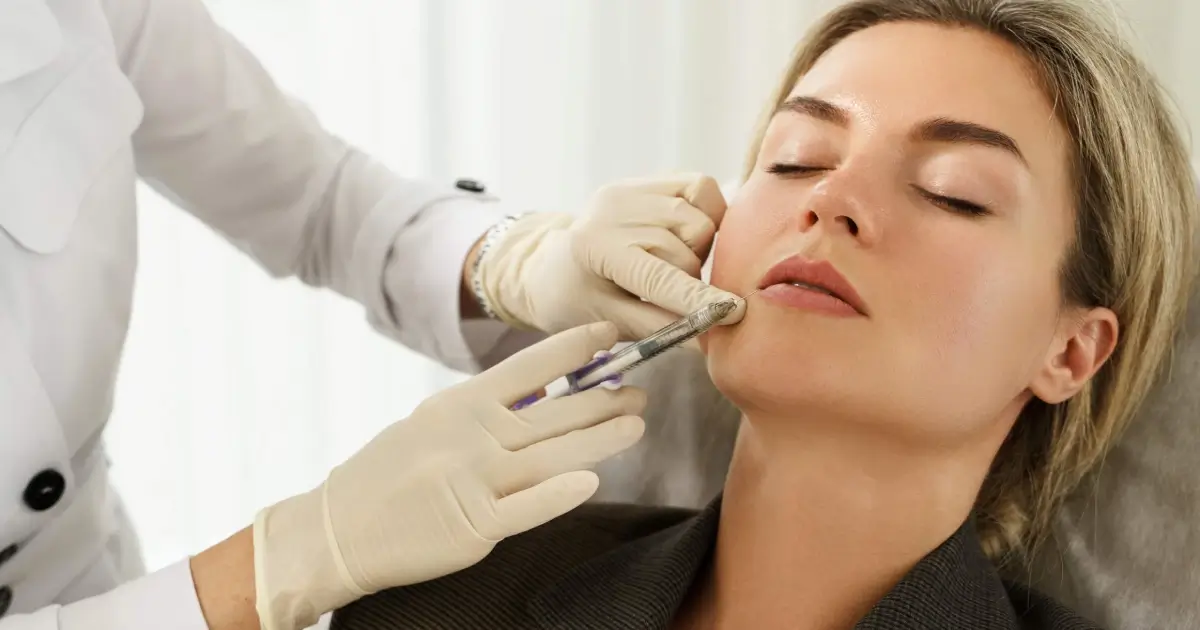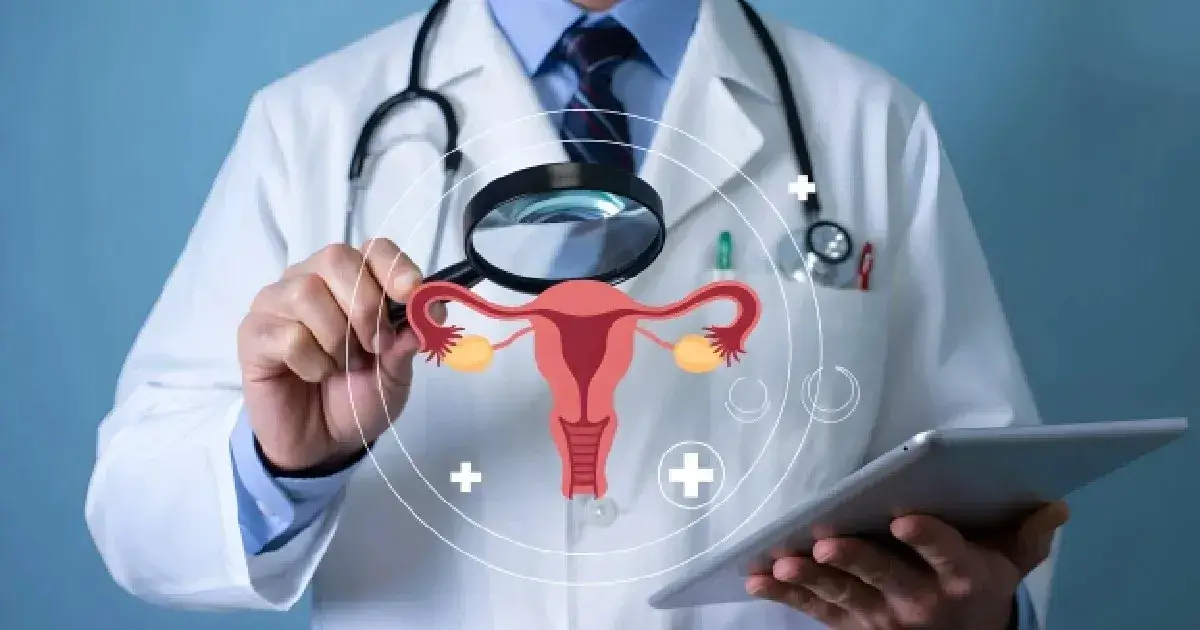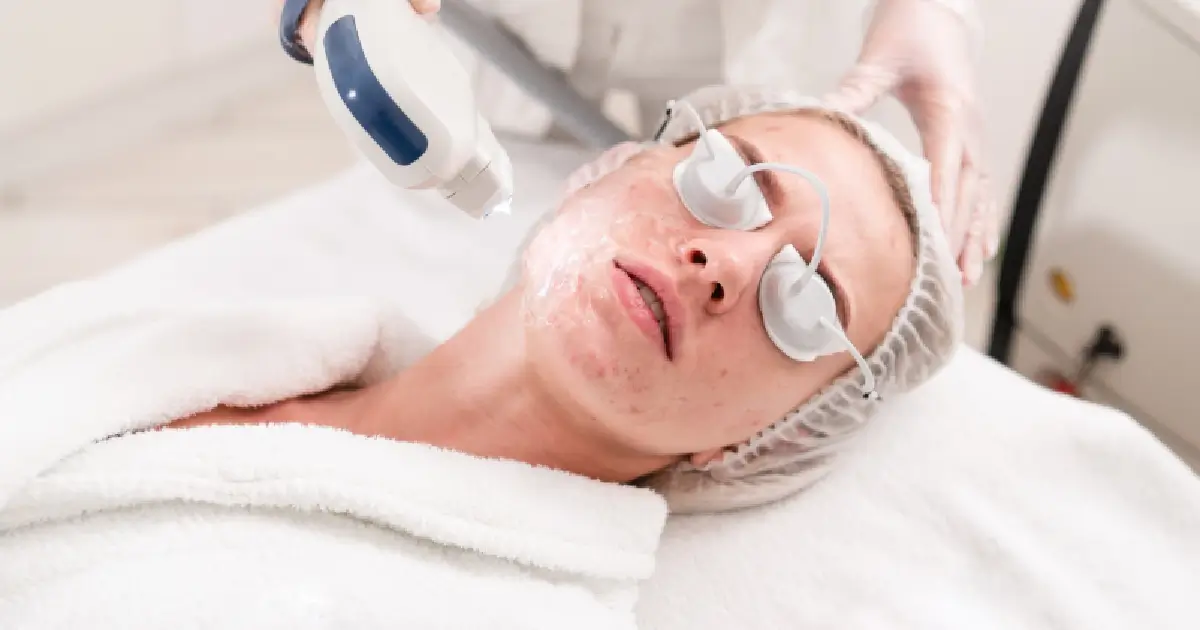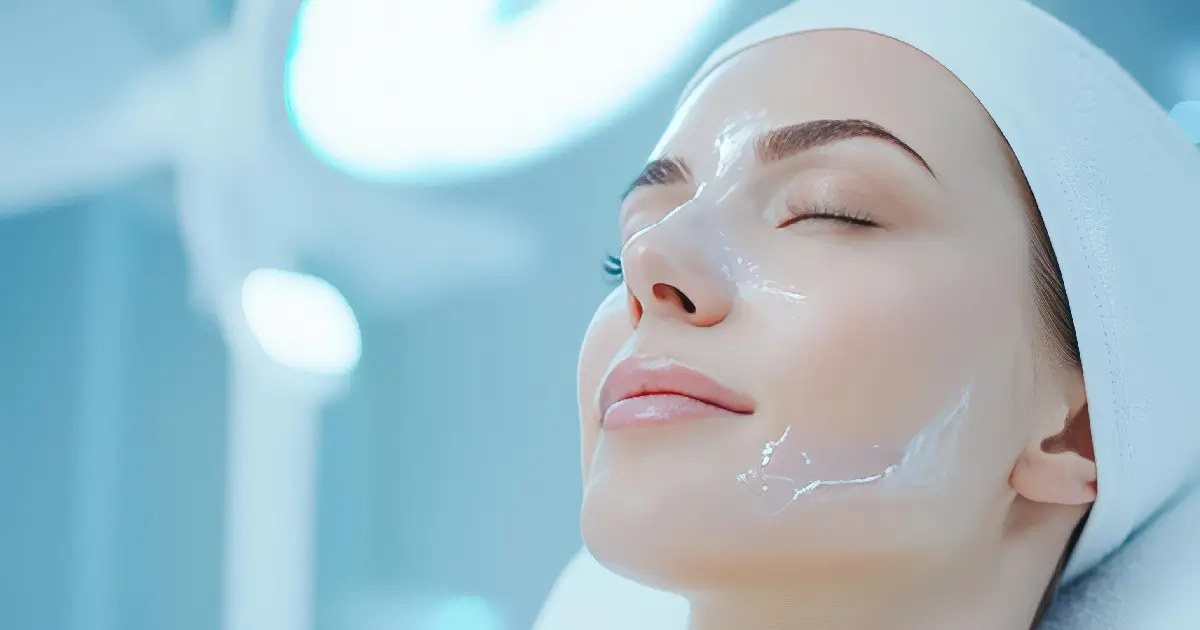Table of Contents
As we get older, our faces naturally lose some of the subcutaneous fat and collagen that keep them looking plump and defined. The good news? We have some amazing, modern options to address this. If you’ve heard people talking about Dermal Fillers, you’re on the right track.
These treatments have become incredibly popular. They are one of the most effective non-surgical facial treatments available. But what are they, and where on the face do they make the biggest, most positive difference?
What Exactly Are Dermal Fillers?
Dermal fillers are gel-like substances that are injected just under the skin. Their job is to “fill” areas that have lost volume or creased over time. Think of them as a way to restore the soft, underlying support that your skin once had.
The most common and popular type of filler is made from Hyaluronic Acid, or HA. This might sound scientific, but HA is actually a substance your body produces naturally. It’s a sugar molecule that loves water; it draws in hydration and holds it, which is what creates that plump, hydrated, and youthful look. Because your body already recognizes HA, these fillers are very well-tolerated. One of the best parts about HA fillers is that they are also reversible, which gives many people peace of mind.
Of course, there are other types, too, like Calcium Hydroxylapatite (CaHA) or Poly-L-Lactic Acid (PLLA). These are also great volume restoration fillers. Some of these can act as “collagen stimulators,” meaning they encourage your own skin to build more of its own natural collagen over time. These can be fantastic, long-lasting dermal fillers, as the results build and endure.
The whole process is typically done right in the clinic. It’s an outpatient procedure, and a numbing cream is used to make sure you’re comfortable. You can be in and out in under an hour, getting right back to your day.
The Top Areas for Dermal Fillers
So, where do these amazing treatments get used? While fillers can be used in many places, a few key areas see the most benefit and are the most requested.
1. The Cheeks (Cheek Fillers)
Cheek fillers are true volume restoration fillers. They are placed strategically to rebuild that youthful contour. It’s about adding a subtle lift and definition. By restoring the cheek, we’re not just making the cheek look better; we’re actually lifting the entire mid-face, which can soften jowls and smile lines all at once. It’s a foundational treatment that can make you look rested and refreshed.
2. The Lips (Lip Fillers)
Lip fillers are incredibly popular, but they’re not just for creating a super-plump pout. Lip fillers are amazing for a few different reasons:
- Adding Volume: This is the classic use. For people with naturally thin lips, fillers can create a fuller, balanced look.
- Defining Shape: Maybe you have good volume, but you want a sharper “cupid’s bow” or a more defined border (vermillion border). Fillers are brilliant for this kind of precise shaping.
- Correcting Asymmetry: If one side of your lip is slightly different from the other, fillers can be used to improve symmetry.
- Smoothing Lines: As we age, we can get fine, vertical lines on the lips themselves. A very small amount of soft filler can hydrate and smooth these lines out beautifully.
The goal at Skin Logic Ottawa is always a natural result that complements your other features.
3. Under the Eyes (Tear Troughs)
Under eye fillers are a delicate, advanced treatment. A very specific, soft HA filler is placed deep in this hollow. It “fills” the hollow, smoothing out the transition between your lower eyelid and your upper cheek. This reduces the shadow, which in turn makes dark circles look far less noticeable.
It’s one of the most satisfying treatments because it makes such a big difference in how bright and refreshed you appear. This area requires a highly skilled injector due to its thin skin, making it essential to choose a professional you trust.
4. Nasolabial Folds (Smile Lines)
Dermal fillers are fantastic here. The gel is injected right beneath the fold to lift and “push out” the crease, making it softer and much less deep.
It’s important to know that sometimes, the best way to treat smile lines isn’t just to fill the line itself.
As we mentioned with cheek fillers, by adding volume back to the mid-face, we can create a natural lift that softens the nasolabial folds from above. A good consultation will determine the best approach for you; it might be one or the other, or a combination of both.
5. Marionette Lines & The Chin
Fillers placed in this area can provide structural support to the corners of the mouth, helping to “turn that frown upside down” and soften those lines. This treatment is often paired with the chin. The chin is a key part of facial balance. As we age, we can lose bone and soft tissue in this area, leading to a “recessed” chin or a deep crease.
Dermal fillers can be used to add projection back to the chin, smooth out that crease, and create a stronger, more defined jawline. This one simple fix can dramatically improve a person’s profile and create facial harmony.
6. And a Few More Key Spots…
While those are the “big 5,” fillers are versatile.
Jawline: A bit of filler placed along the jawbone can create a sharper, more defined look and help camouflage the beginnings of jowls. It’s a key part of facial contouring.
Temples: This is a truly underrated spot. Hollow temples can make a face look gaunt or “peanut-shaped.” Using volume restoration fillers here restores that soft, convex shape of a youthful face, balancing everything out and even providing a subtle “brow lift” effect.
Are Dermal Fillers for You?
If you’re in Ontario and considering Dermal Fillers in Ottawa, ON, the first step is to chat with a professional. Learning what’s possible, with no strings attached, is the best way to find out if this is the right choice for you.
Here at Skin Logic Ottawa, we believe in helping you feel great. Dermal filler benefits go beyond just the physical-they’re about feeling confident when you step out the door. Ready to see what fillers can do for you? Enhance Your Look – Book Your Consultation.




